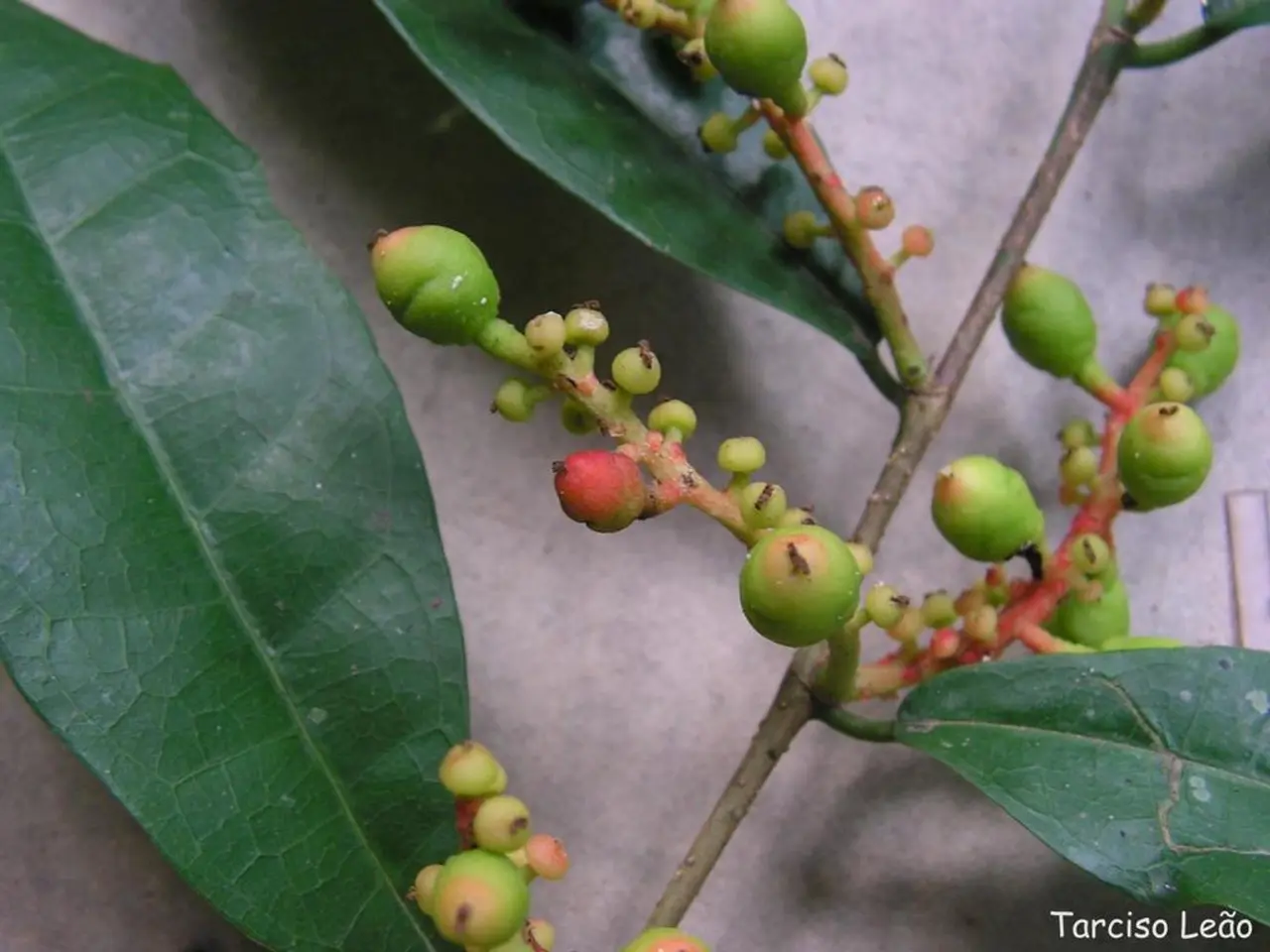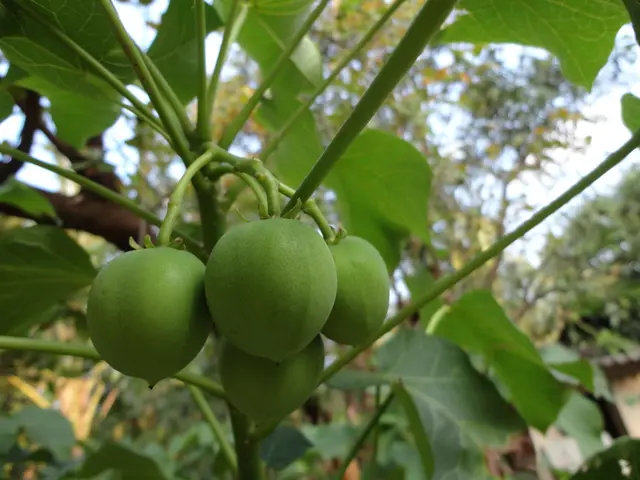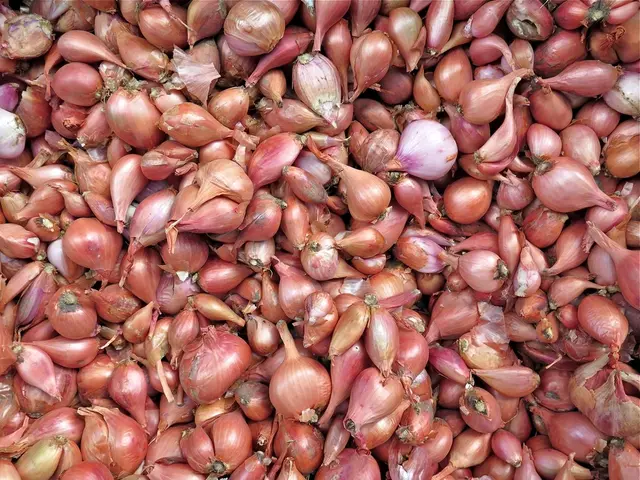Techniques for Maximizing Fig Tree Growth and Wellness
In the realm of gardening, pruning a fig tree is an essential task that not only shapes the tree but also promotes strong growth and increases fruit yield. Here's a step-by-step guide on how to prune a fig tree effectively, along with some essential tips for post-pruning care.
**Best Time to Prune**
The best time to prune a fig tree varies depending on the stage of its growth. In the dormant season, late winter (end of winter, before leaf bud break), is ideal for the main formative and structural pruning to shape the tree and remove broken or brittle branches. Spring is the time to trim misshapen or damaged branches and roots, while early summer (by late June) is perfect for pruning the tips of new shoots to encourage better fruit size and crop quality.
**Essential Tools**
Sharp hand pruners, loppers, pruning saw, pole pruners, and healing paste are the tools you'll need for pruning a fig tree. These tools help you make clean cuts and seal larger wounds, promoting quick healing.
**Step-by-Step Pruning Guide**
1. Start by removing dead, diseased, or damaged wood, cutting away broken or brittle branches close to the trunk. 2. Shape the tree by identifying the longest branches and cutting them to create a more compact, rounded crown. 3. Thin out crowded branches by cutting intersecting or overlapping branches to improve light penetration and airflow. 4. Shorten overly long branches back to a lateral branch or bud to stimulate new growth. 5. In early summer, remove the soft tips of vigorous shoots that have 5-6 leaflets to encourage lateral branching. 6. Apply healing paste to major wounds to prevent infection and aid recovery.
**Post-Pruning Care**
- Maintain consistent moisture, especially during dry periods, to reduce stress. - Apply mulch around the base to conserve soil moisture and regulate temperature. - Keep an eye out for any signs of infection or pest infestation, as pruning wounds can be entry points. - Never remove more than 25% of the canopy at once to prevent excessive stress on the tree.
By following this schedule and technique, the fig tree develops a strong structure, promotes healthier growth, increases sunlight exposure and air circulation, and ultimately improves fruit yield and quality.
Larry Meyers, with over 10 years of lawn and landscaping experience, aims to share his knowledge about gardening. For larger branches, use a three-step cut: first, cut halfway through from underneath; then cut through from the top a few inches out from the first cut; finally, remove the stub. Always cut close to the branch collar, but not too close, to help the tree heal faster.
Remember, pruning a fig tree is a crucial part of its care, and by following this guide, you'll be well on your way to enjoying a bountiful fig harvest. Happy gardening!
In the home-and-garden realm, pruning a fig tree is not just about shaping it but also promoting a stronger lifestyle for the tree by increasing its fruit yield. After pruning, it's essential to provide post-pruning care by maintaining consistent moisture, applying mulch, and monitoring for signs of infection or pests.








